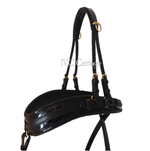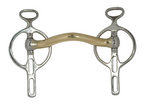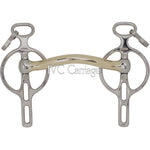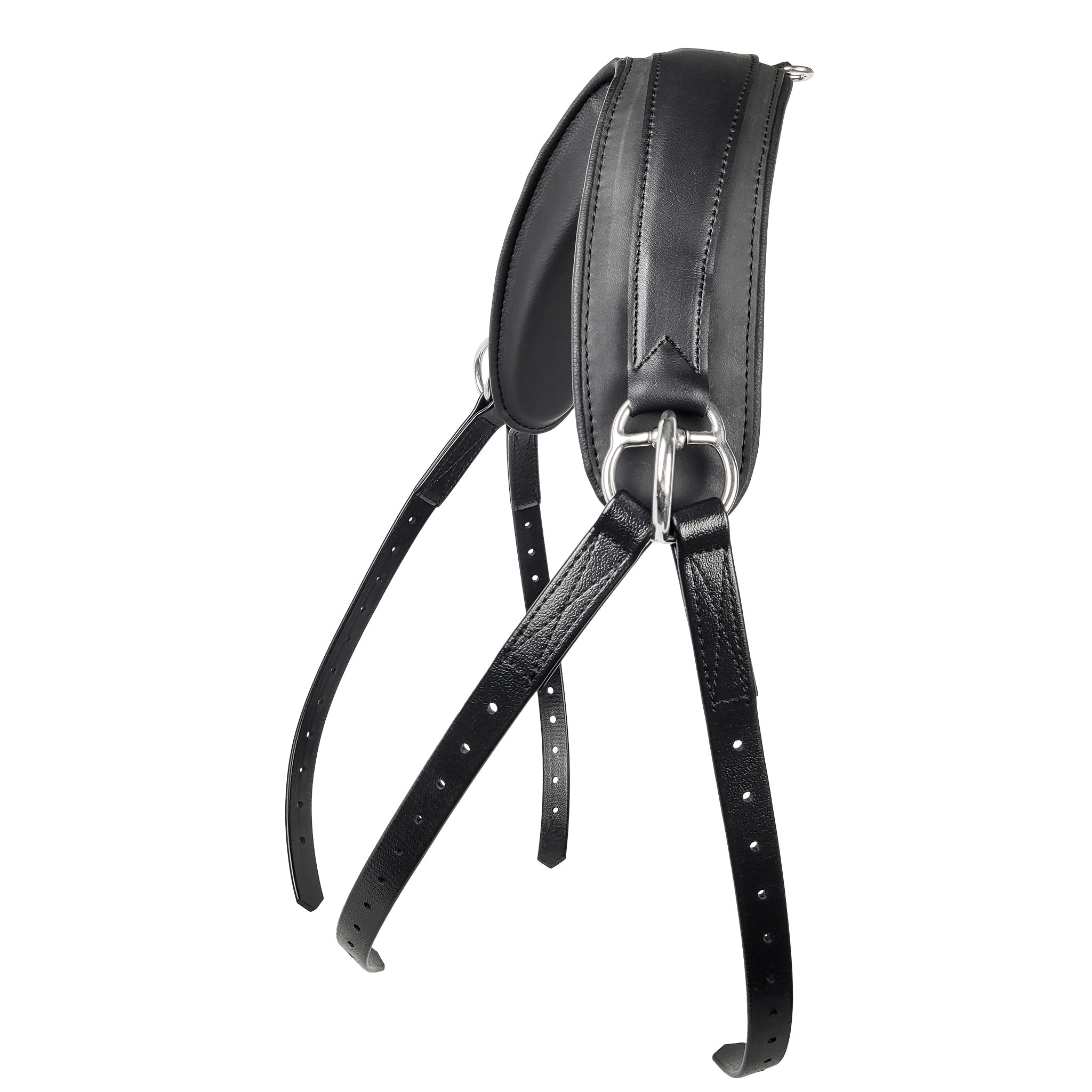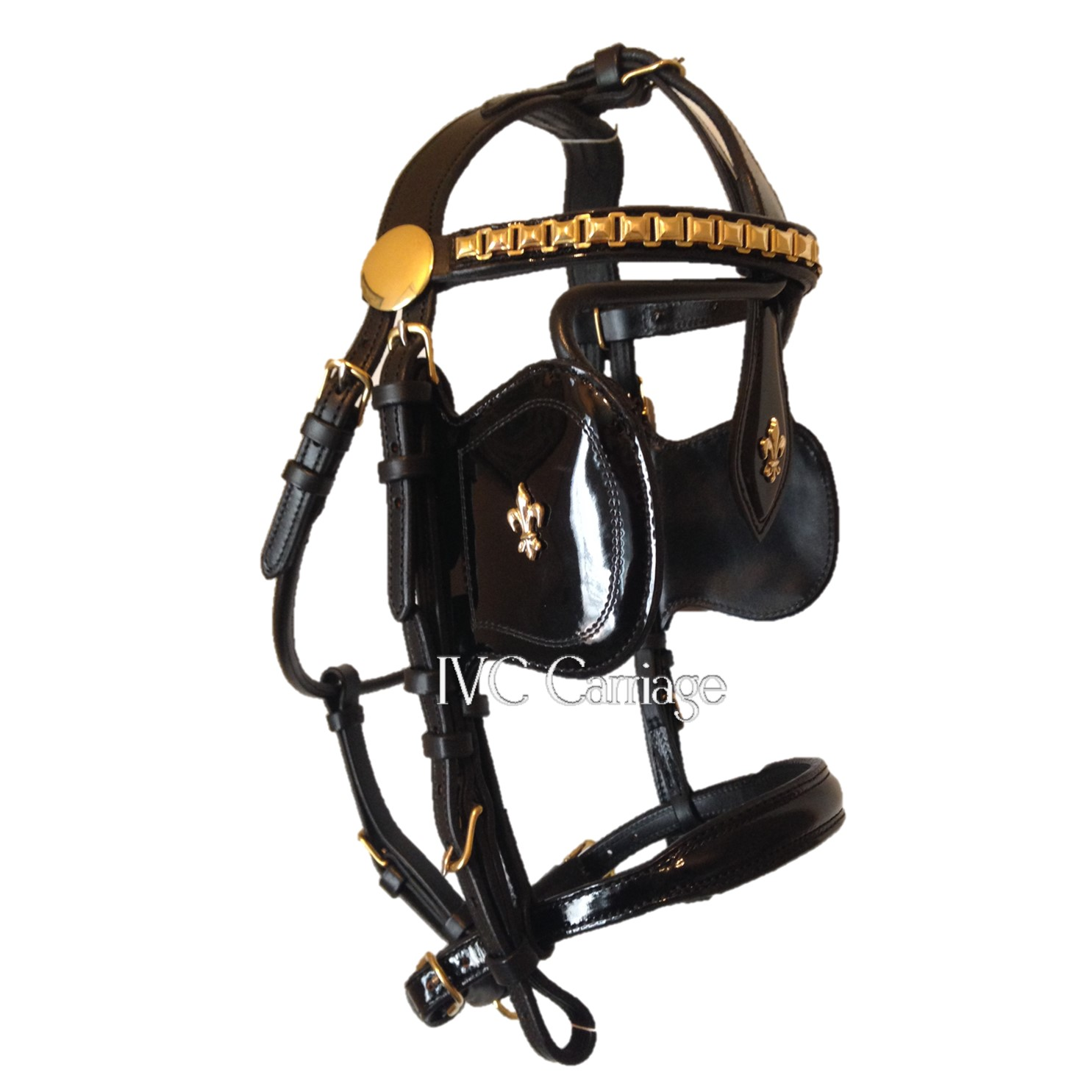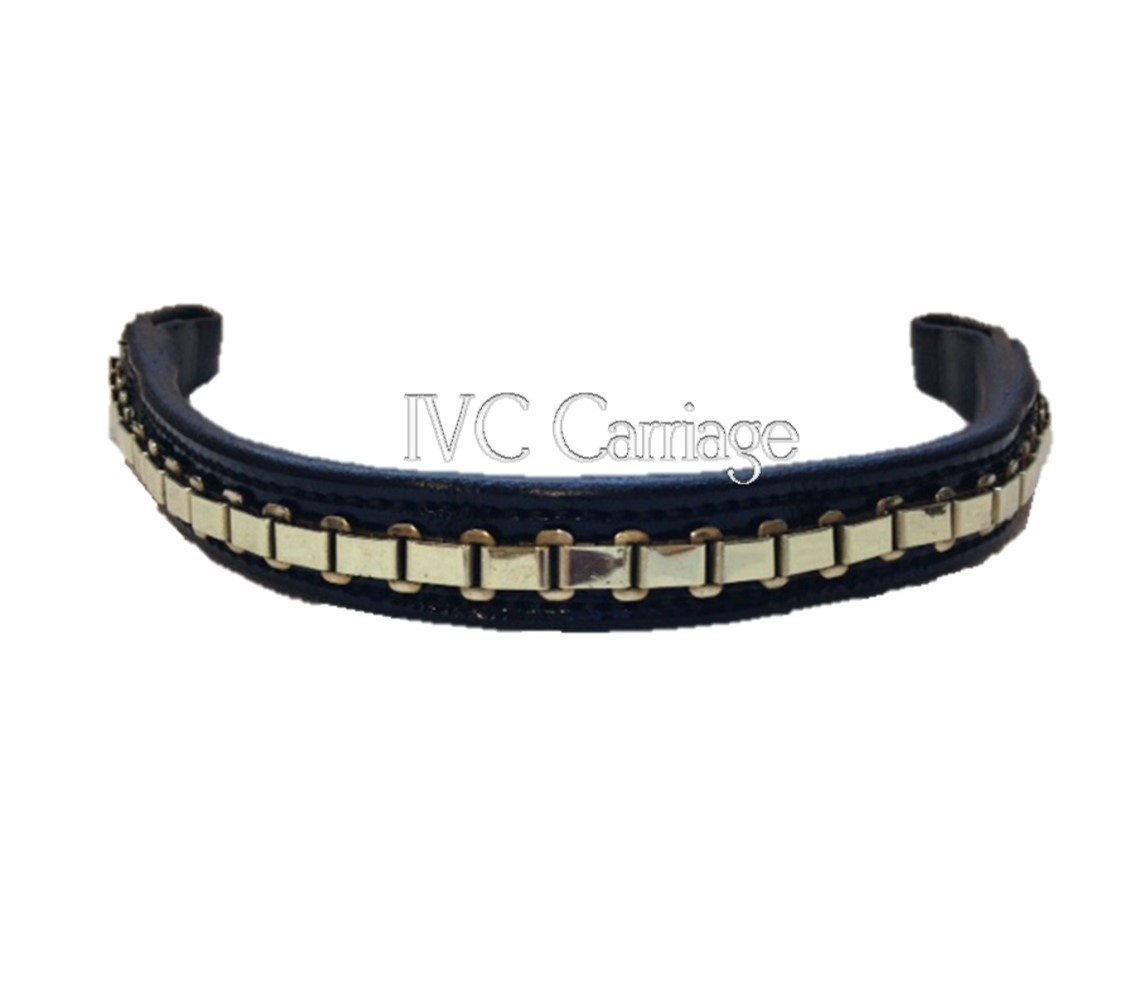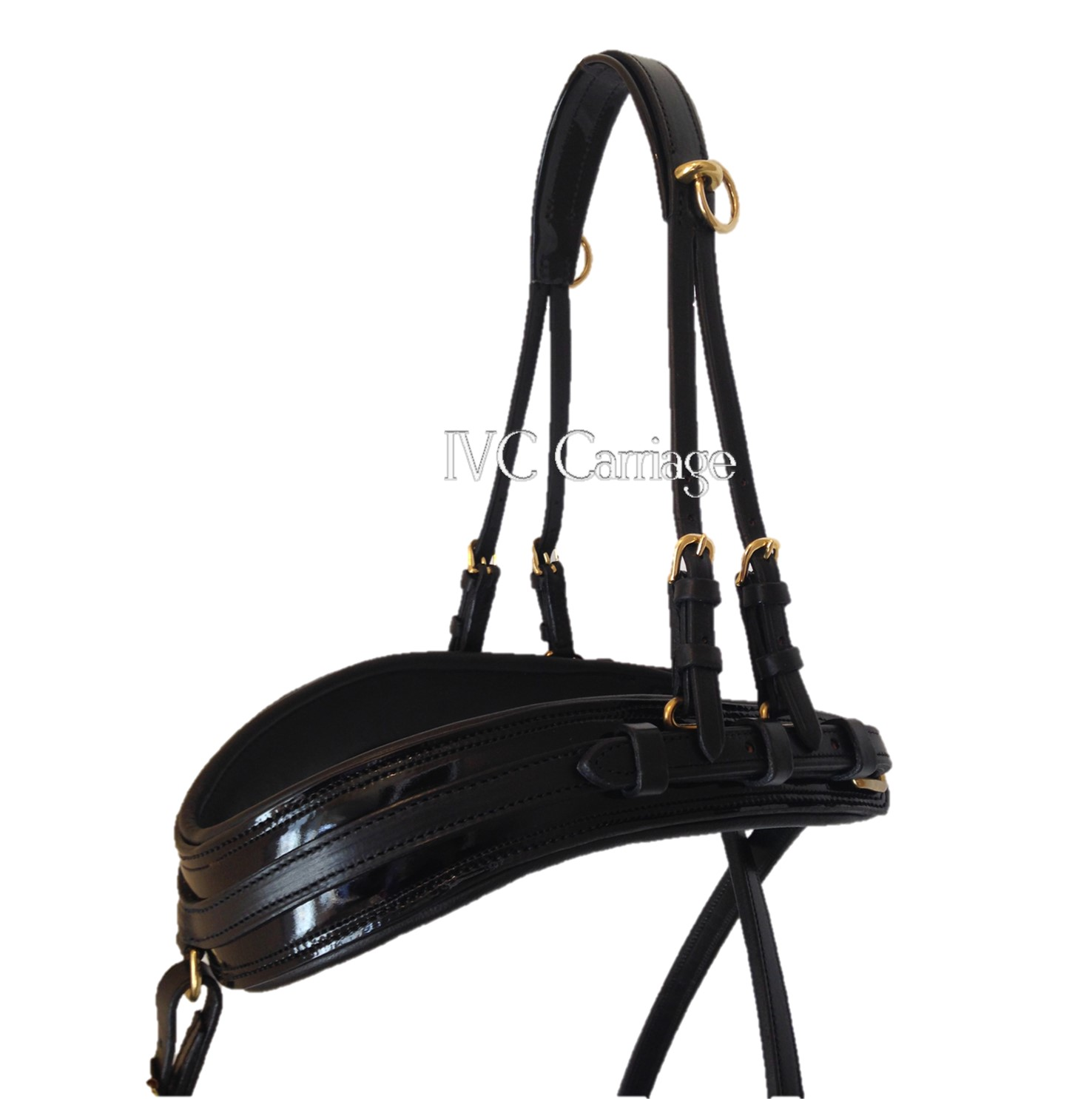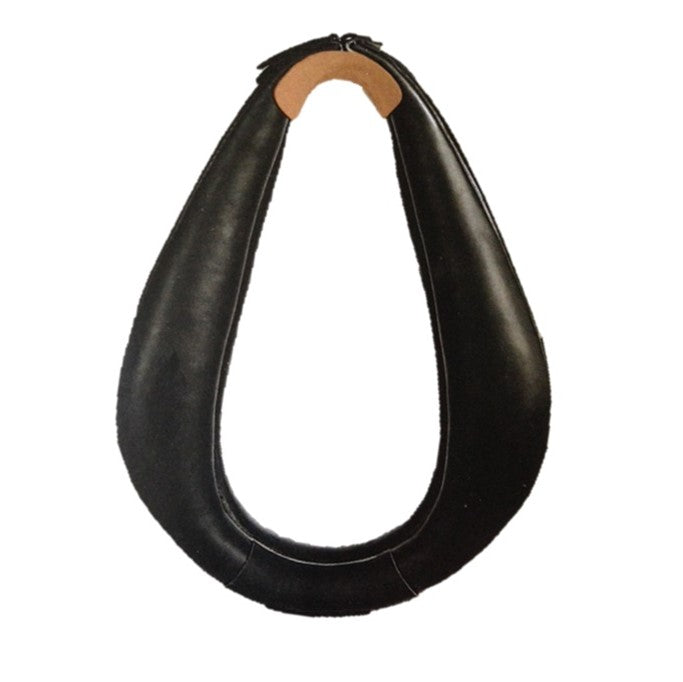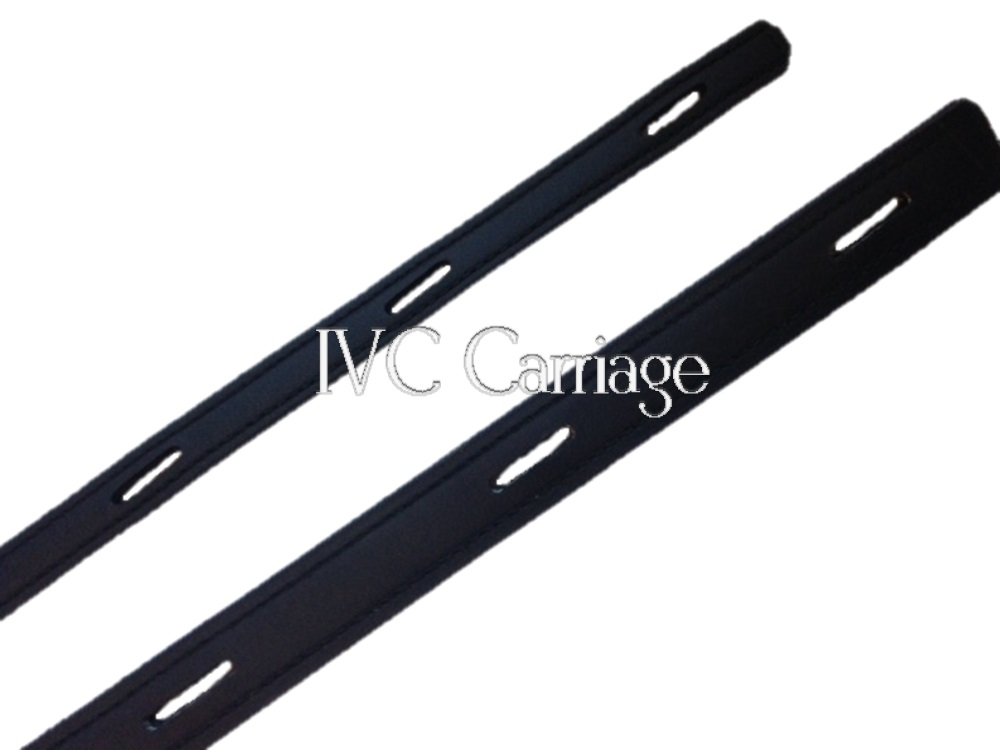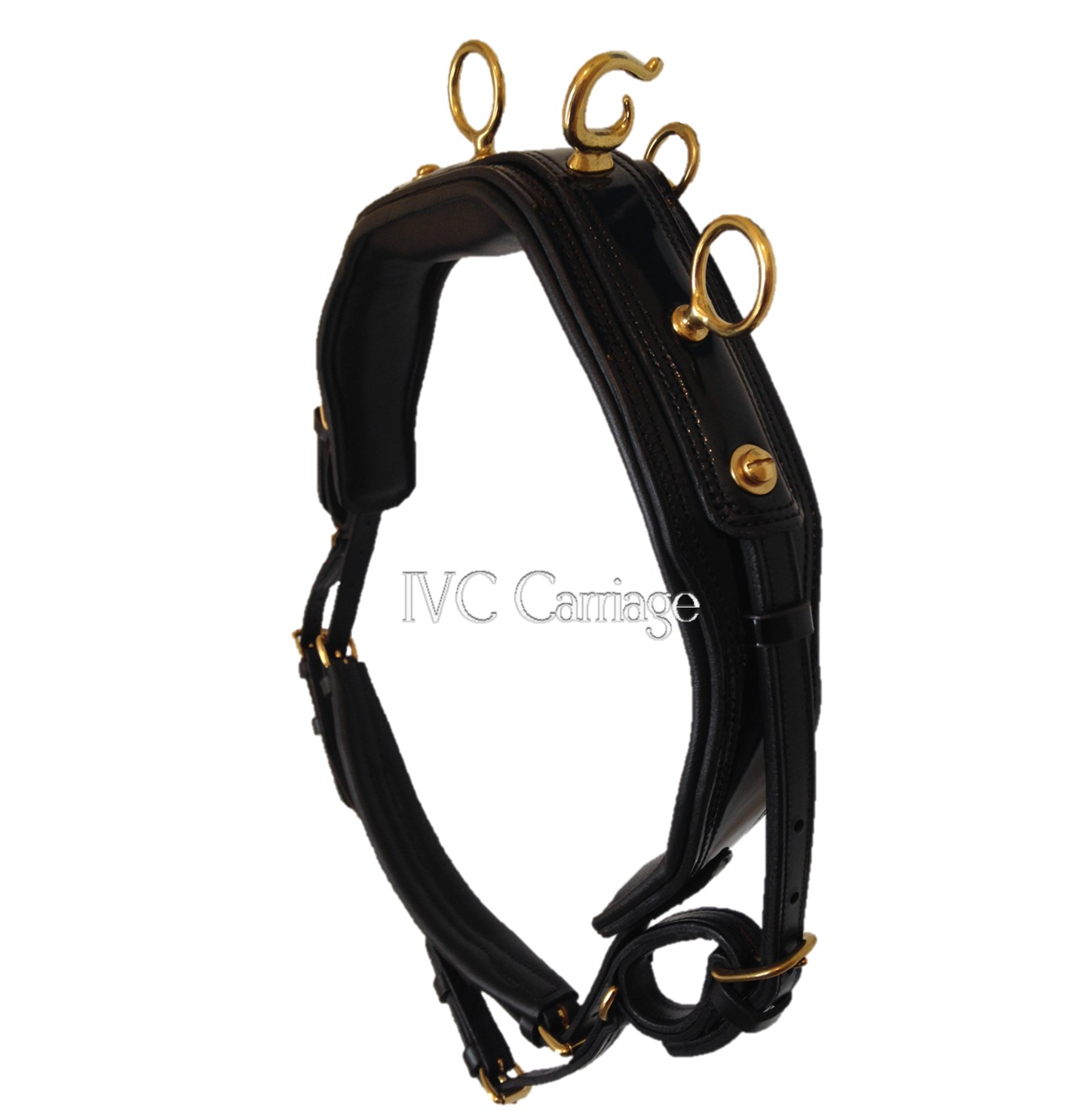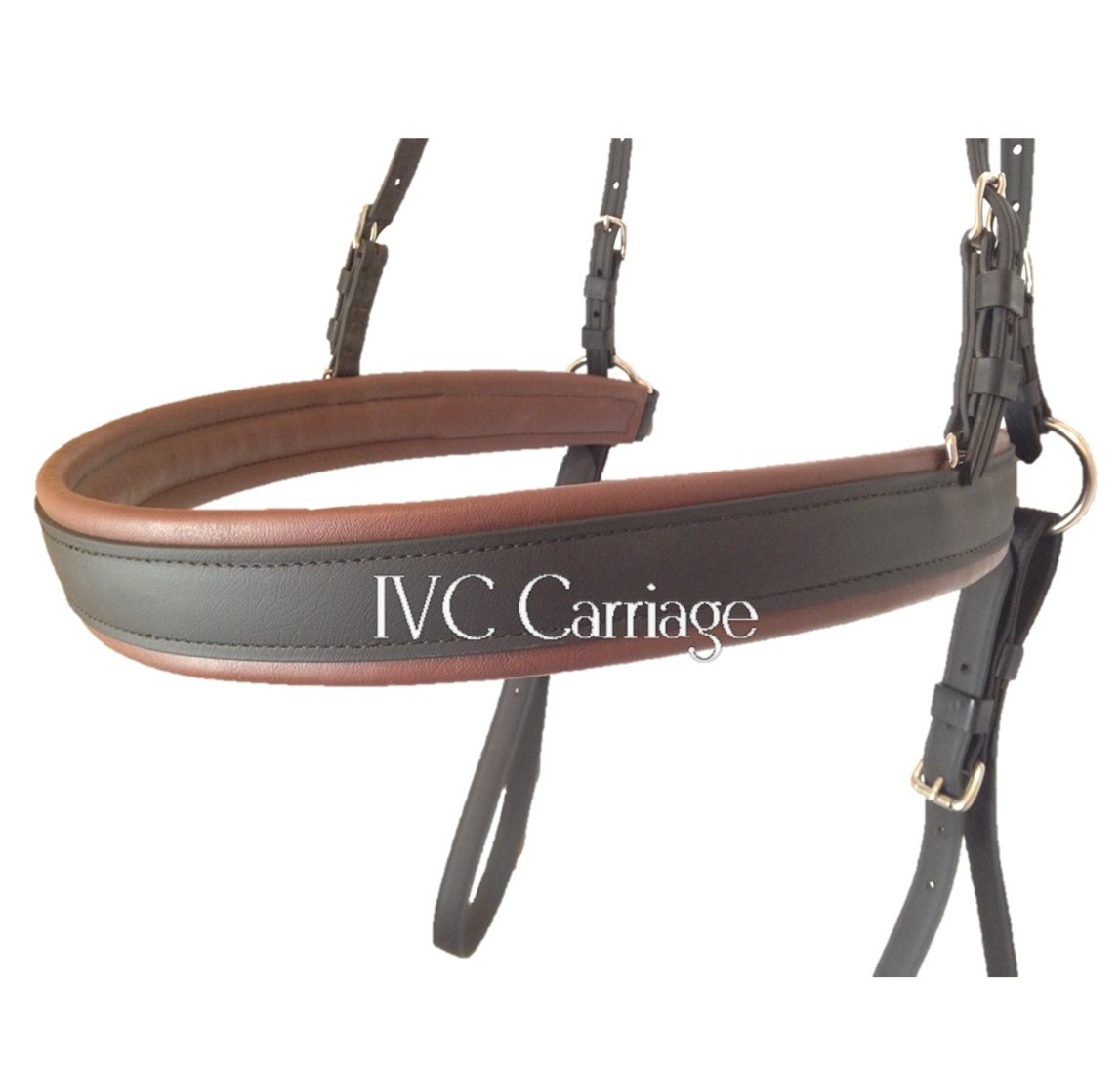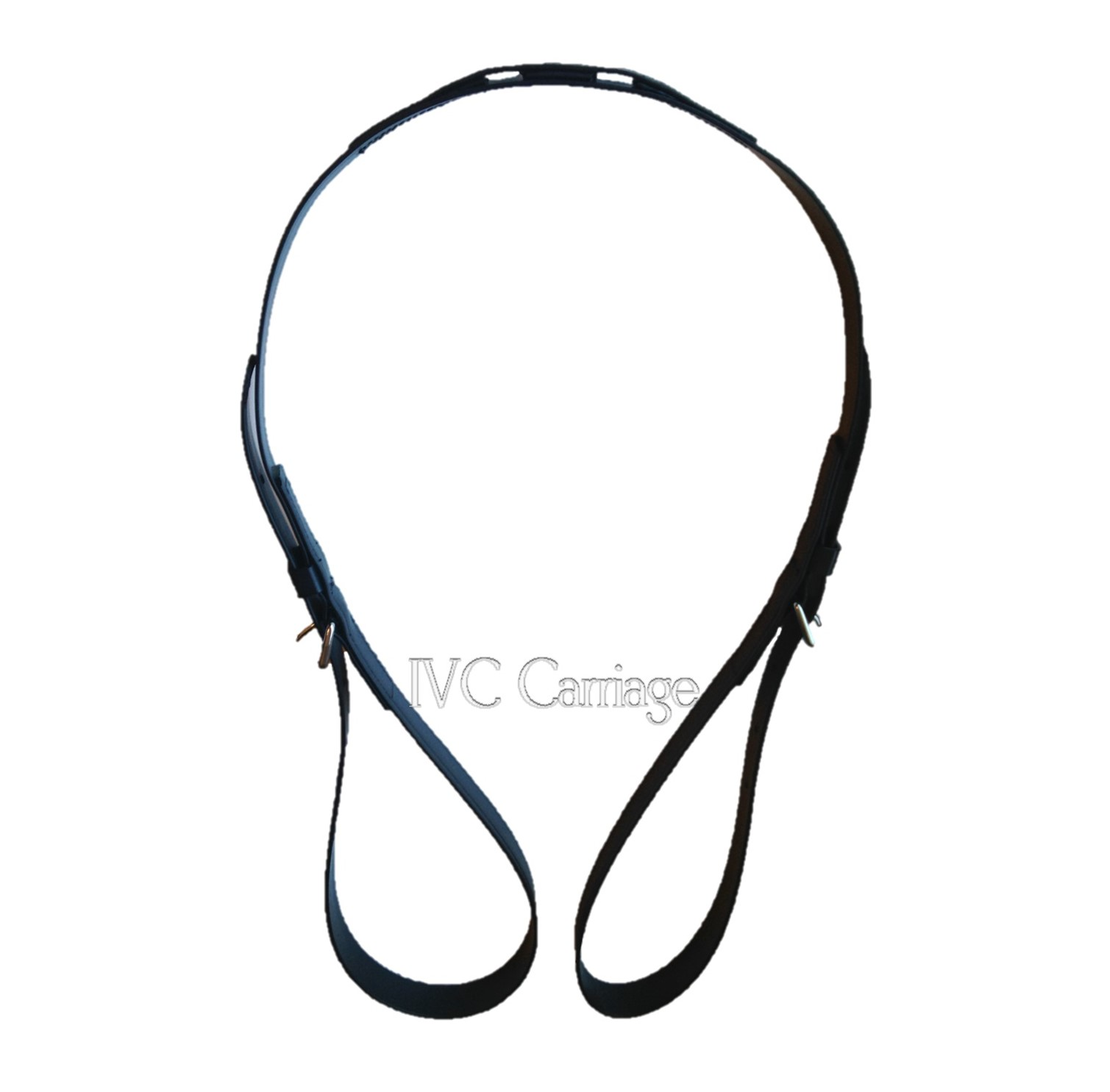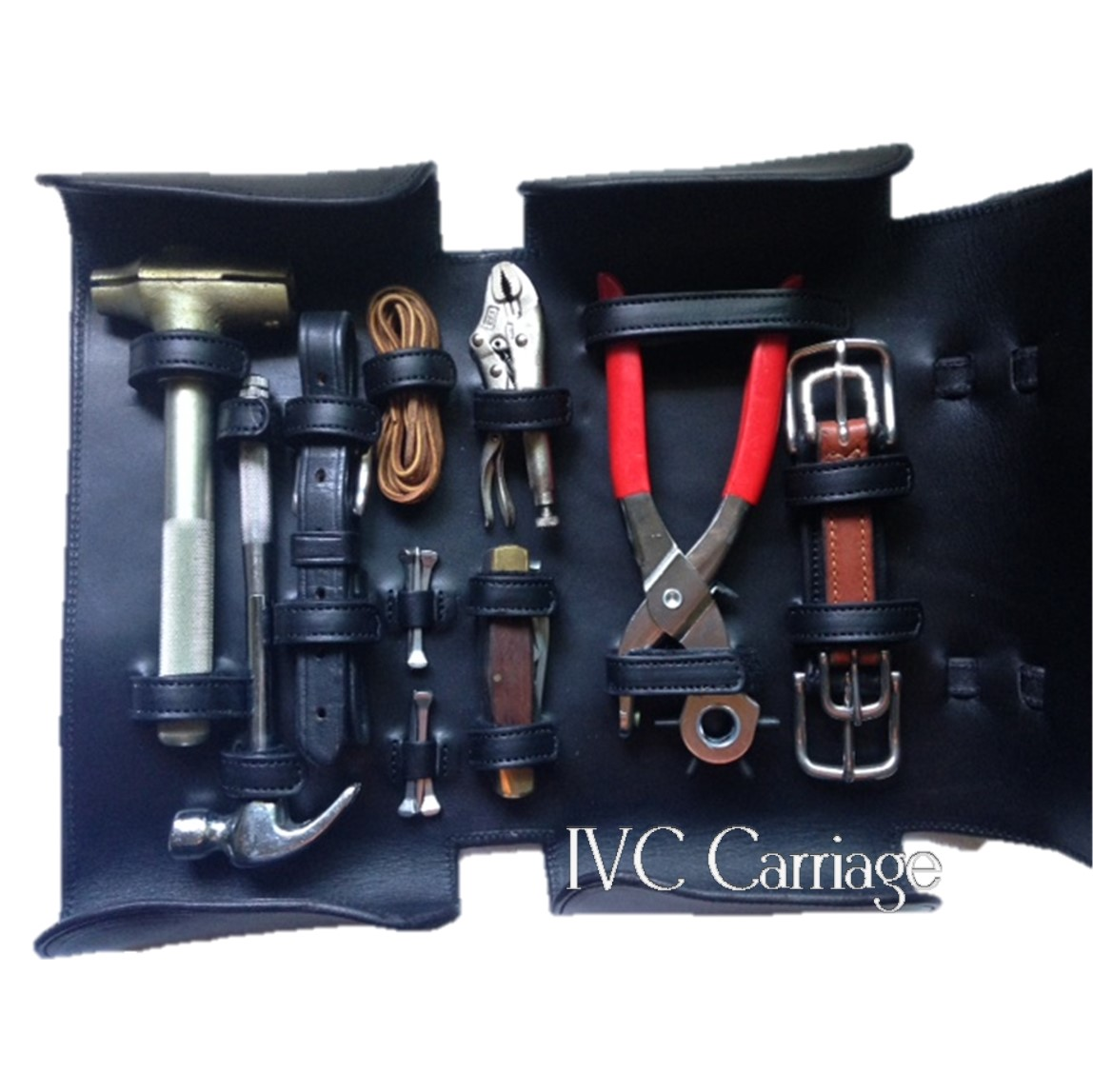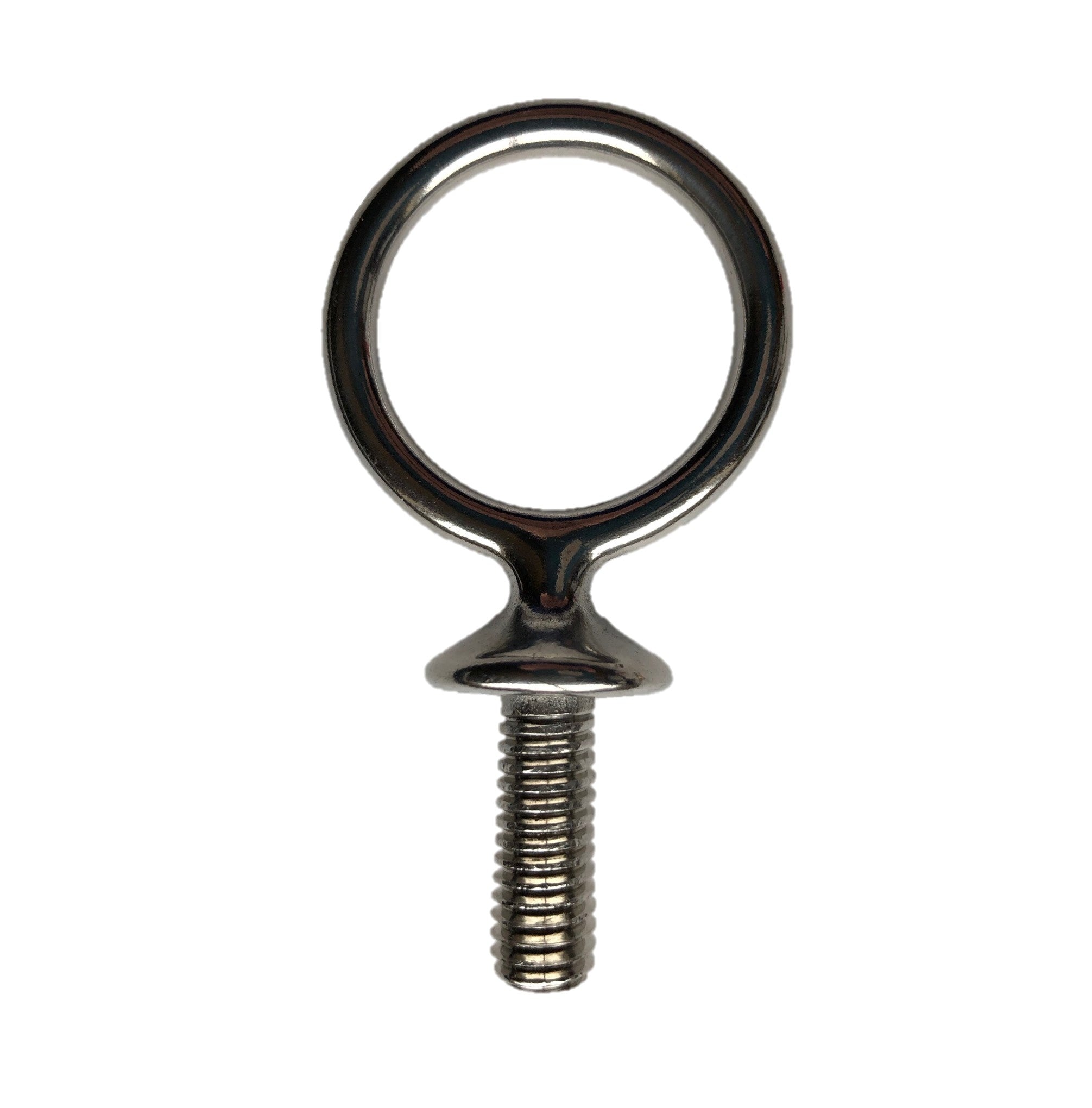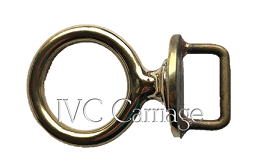Menu
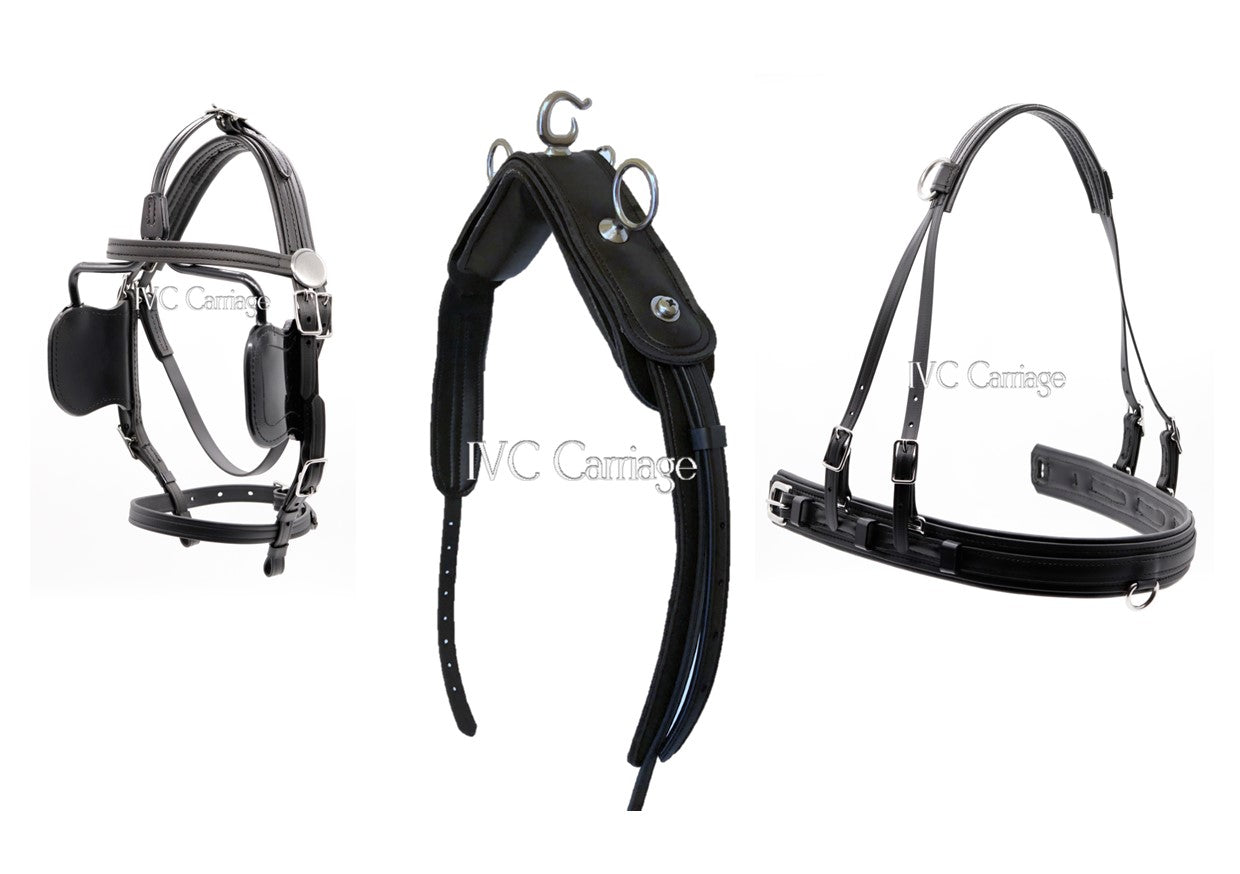
Beginner Horse Harness
Are you looking for a horse harness to start your driving hobby? Never fear, we can help you understand everything you need to know about choosing a harness!
First, welcome to the driving community! There are not as many drivers as riders in the equestrian world, so we tend to be one big, happy family! We also like to share our experiences and knowledge.
In our experience, the comfort of the horse should be first and foremost in the selection of a harness, especially his first harness. I have written extensively on  good harness ergonomics and fit, even giving presentations on it. If the horse isn’t physically (or mentally) comfortable in its first introductions to a new discipline, it may at best mentally scar him to the work, or at worst produce physical pain that could cause damage.
good harness ergonomics and fit, even giving presentations on it. If the horse isn’t physically (or mentally) comfortable in its first introductions to a new discipline, it may at best mentally scar him to the work, or at worst produce physical pain that could cause damage.
Many cut-rate harness makers use very simple, single-layer materials that put undo pressure on the horse. While this may be ok for early training before you get to the steps of attaching the cart, these harnesses with their lack of shape and structural, integrated padding can cause the cart to weigh down on them, putting pressure on the horse where he isn’t built for it! Most often, we see them with flexible strap saddles without gullet clearance, which will put pressure on or even poke the 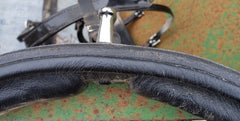 spine. We see breast collars and breeching which are not padded, and are supported by only one single strap, which makes them distorted on the horse. We see the use of Conway buckles which are hard to adjust, or harnesses built with parts sewn on to make them not adjustable at all!
spine. We see breast collars and breeching which are not padded, and are supported by only one single strap, which makes them distorted on the horse. We see the use of Conway buckles which are hard to adjust, or harnesses built with parts sewn on to make them not adjustable at all!
Why are these harnesses marketed as beginner harnesses? Because manufacturers know that some people don’t want to spend a lot of money to get started in a discipline, especially one where they find out that their horse may not drive after all. (Some horses won’t drive. They just don’t have the mental capacity to handle that “thing” chasing them.) Beginners are better off using other strategies to determine if their horse will drive besides putting their hard-earned dollars towards a cut-rate harness that is really only good for long lining the horse. Once the horse is put to a cart where the weight of the shafts will be resting on the back, the horse needs to have a harness that clears his spine. He needs the harness to be adjustable so that the cart fits properly. He needs a harness built to withstand the job it is being required to do.
Why is this so important? I eluded to it above, but let’s take a simpler approach to understanding this. If you are going to get your baby his first shoes, are you going to knowingly buy him ones that will pinch his feet? Shoes that don’t fit can cause the feet to develop incorrectly, and your baby will not want to walk in them! If your horse’s first harness pinches his spine, is he going to want to drive in the future? I have written more about that in our “We’ve Made All the Mistakes” blog series. I welcome you to peruse that.
Take our advice. For your first harness, buy one that your horse will be comfortable to wear, and is made to take the rigors of training. If the horse is already broke and you are the beginner, we can help you decide which type of harness will suit you and your horse the best. Our collection of Getting Started articles can be found here: https://www.ivccarriage.com/pages/educational-articles-getting-started
Again, welcome to the driving community. There are so many opportunities to share with friends and fellow drivers when you drive a horse. By the way, our Econ harness is featured in the photo above. 
- Choosing a selection results in a full page refresh.

